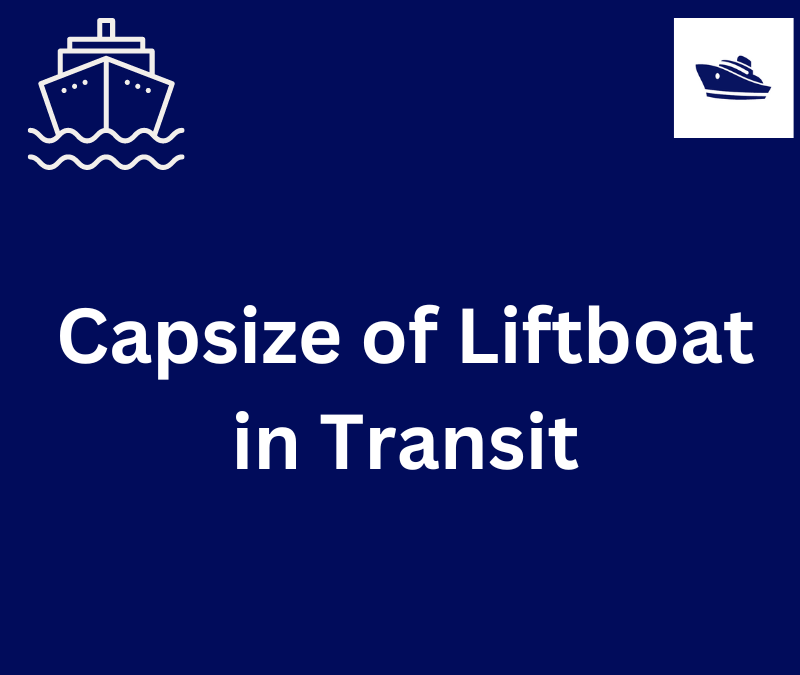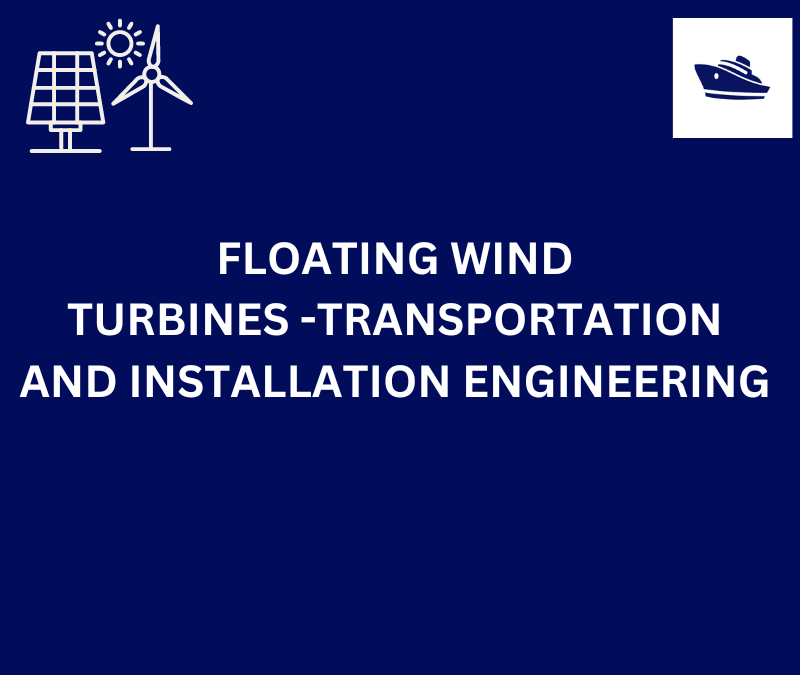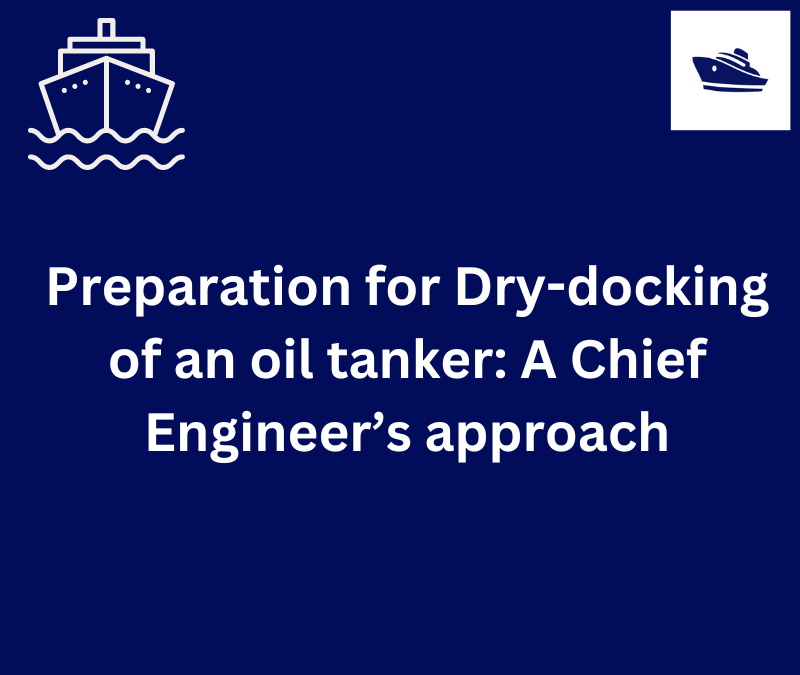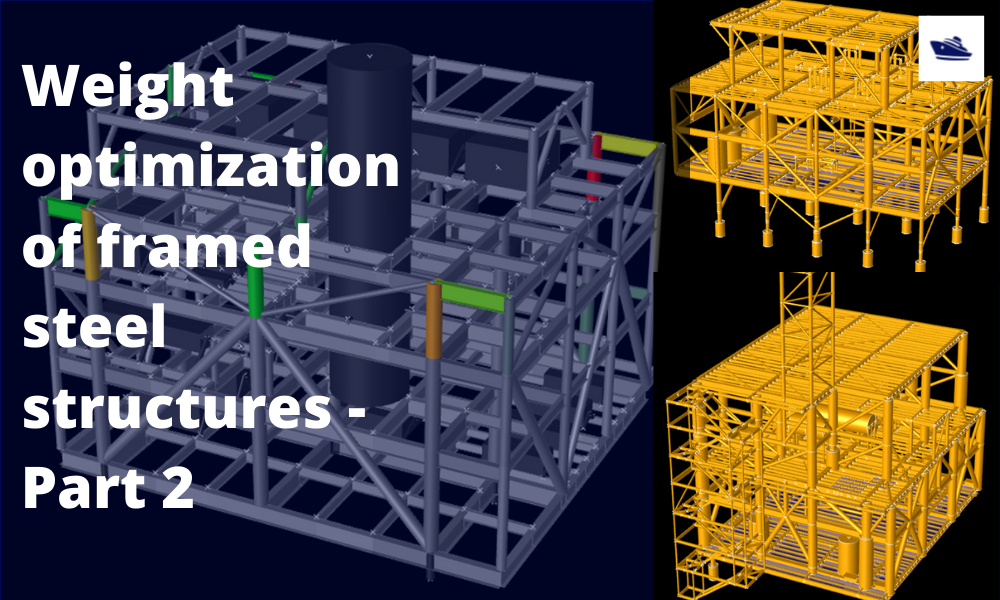by Team TheNavalArch | May 4, 2023 | Marine Surveys, Maritime Industry, Ship Design and Construction
Mr. Balakrishna MenonEngineering Director Mooreast (Asia) Pte Ltd TheNavalArch’s Interview Series is an endeavor to get insights from the best engineering and business brains in the industry, and present them to its users for the...

by Team TheNavalArch | Apr 12, 2023 | Maritime Industry, Ship Design and Construction, Ship Stability
This paper was originally presented in the 27th Offshore Symposium, February 22nd, 2022, Houston, Texas Texas Section of the Society of Naval Architects and Marine Engineers It has been reproduced here for the readers of TheNavalarch INTRODUCTION In 1989 a Class 105...

by Team TheNavalArch | Mar 30, 2023 | Floating Wind, Renewable Energy
By Alan Crowle, BSc, MSc, CEng, CMarEng, FRINA, FMAREST, FSCMS Masters by Researcher, University of Exeter, College of Engineering, Mathematics and Physical Sciences, Renewable Energy Group Summary Floating offshore wind turbines are an emerging source of marine...

by Team TheNavalArch | Mar 22, 2023 | Docking, Maritime Industry, Ship Repair
Introduction Dry-docking of a vessel is required at every 5 yearly intervals to carry out inspection of hull, propeller and other components which are normally submersed in water all the time. This is a requirement by ship’s classification societies. However, some...

by Team TheNavalArch | Apr 1, 2022 | Maritime Industry, Oil & Gas, Ship Structural Engineering
This is a follow-up article to the previous article on Framed Structures Optimization. 1.1 Abstract A previous article introduced the Optim22 method. This one adds additional background information plus 3 more case studies to...




